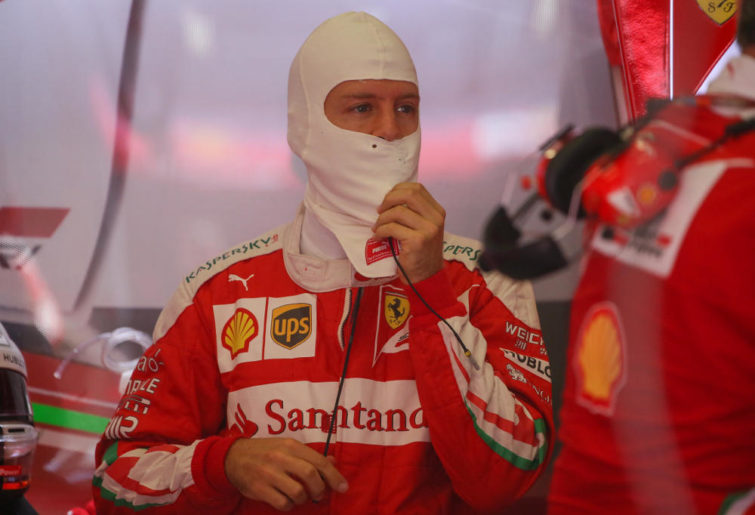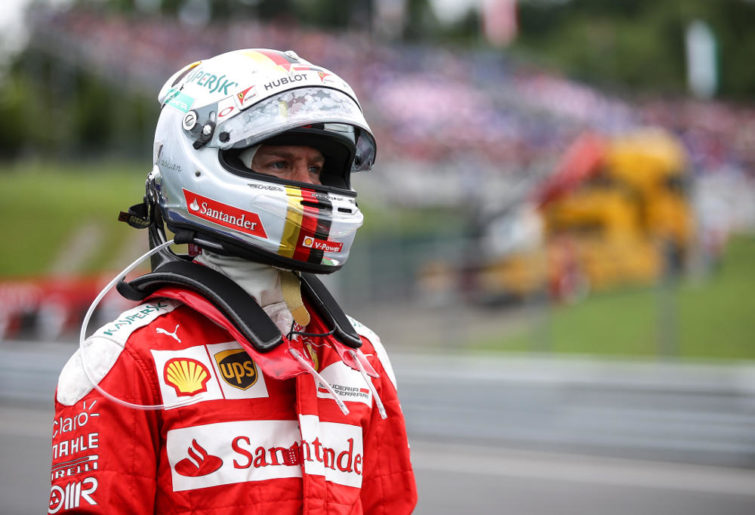Fernando Alonso's future is secure, now it's Lance Stroll's time to deliver for Aston Martin
It’s time that serious questions are asked of his Lance Stroll and his future in the team.
For all the interest and intrigue that comes with the first round of the season, Formula One left the Australian Grand Prix asking only one major question: what happened to Ferrari?
Preseason testing had generated a quiet confidence among the Scuderia’s ranks, refreshed by former technical boss Mattia Binotto installed as team principal and by young gun Charles Leclerc partnering Sebastian Vettel.
The SF90 emerged from the winter superbly poised and well balanced. It was the quickest car around the Circuit de Barcelona-Catalunya, and though it was only fractionally so ahead of the Mercedes W10, comparison of the respective on-boards suggested the red car had plenty still to give compared to its nervous silver rival.
That sort of performance cannot be faked. And yet a few days Down Under completely undid weeks of preseason expectation.
Still today, on the eve of the Bahrain Grand Prix, Vettel’s mid-race question to his pit wall hangs heavy in the air.
“Why are we so slow?” he asked as he languished more than half a minute off runaway leady Valtteri Bottas.
“We don’t know at the moment,” came the demoralising answer. Vettel took the chequered flag for Ferrari almost a minute after Mercedes.
Ferrari was as confounded as the rest of the paddock, and team principal Binotto openly admitted he was lost for answers.
“It is not what we were expecting,” he said candidly. “We never found the right balance on the car and we struggled with the tyres.

A frustrated Sebastian Vettel. (GEPA Pictures/Red Bull Content Pool).
“Do we understand that yet? Probably not. That’s something we need to go back and analyse.
“We are still confident that is not the potential of our car.”
There are of course myriad differences between preseason testing in wintery Barcelona and a competitive race weekend on the autumnal streets of Melbourne, any or all of which could have swung the pendulum of performance away from Ferrari.
For example, the permanent and well-used Spanish circuit comprises fast, sweeping bends and smooth asphalt that Tests a car’s aerodynamic strengths.
Albert Park, on the other hand, is a rough and bumpy public road made of medium and low-speed technical corners, and its lack of regular use means it changes in character throughout the race weekend.
With limited practice hours Ferrari may have simply run out of time to match its car to the track. Add in the substantially warmer weather in Melbourne compared to Barcelona, perhaps corroborating rumours that the SF90 was struggling with cooling, and the diverse challenges become clear.
It sounds like an easy enough explanation and, coupled with the facts that Ferrari was similarly slow in qualifying at last year’s edition of the race and that the more dependable Bahrain International Circuit is next on the calendar, creates the temptation to treat the opening round flop as a benign blip.
This would, however, be to misrepresent the circumstances, which do not reflect those faced by the team in 2018.
“Last year we left winter testing with problems on the car,” Vettel explained post-race in Melbourne. “We managed for this weekend last year and the race pace was fine, but we weren’t there in qualifying — we got lucky in the race.

(GEPA Pictures/Red Bull Content Pool).
“I think by Bahrain we had fixed all our issues…and that’s why I think we all of a sudden unlocked a lot more pace for last year.”
So whereas in 2018 the Scuderia realised during testing that it didn’t have a full understanding of its car, that awakening has taken it until the first round this year, theoretically pushing back the timeline for recovery accordingly.
“This year the problem that we have has nothing to do with what we have seen last year,” Vettel confirmed. “Still, all the car and all the numbers and so on make sense…but clearly we’re missing something.”
More than a botched set-up and changed climatic conditions, this misunderstanding of the machinery better explains how Ferrari swung from having a suspected half-second advantage before Melbourne to a 0.7-second deficit in the aftermath.
Will the fix be simple? Mattia Binotto is relatively bullish that his team has uncovered and rectified its problems and will deliver gains this weekend.
“In Bahrain we expect to see the effect of the corrections we have made,” he said. “Although we are well aware that our competitors will once again be very strong.”
And Binotto will likely be keeping that awareness in the back of his mind, because although Mercedes was expected to make improvements in time for Australia after it gathered strength in the second week of testing, it cannot be discounted as having made a more substantial step forward.
Indeed, one must wonder just how much momentum has shifted to Mercedes. The Silver Arrows proved last year that it plays a strong development game, so much so that Ferrari ultimately wilted under the pressure to keep up. If the German marque has seized even a small advantage already, to the route back to competitiveness for the Scuderia could be arduous.
“Ferrari will try everything they can to hit back,” Mercedes boss Toto Wolff said, keeping expectations in check. “We’ve seen the potential of Ferrari’s package in Barcelona, so we expect them to come back strong in Bahrain.”
But if Ferrari doesn’t manage to hit back strongly? The season is long, but it won’t take many more rounds for whispers of renewed Mercedes domination to resurface.
The fans have as much as stake as Ferrari this weekend in Bahrain.